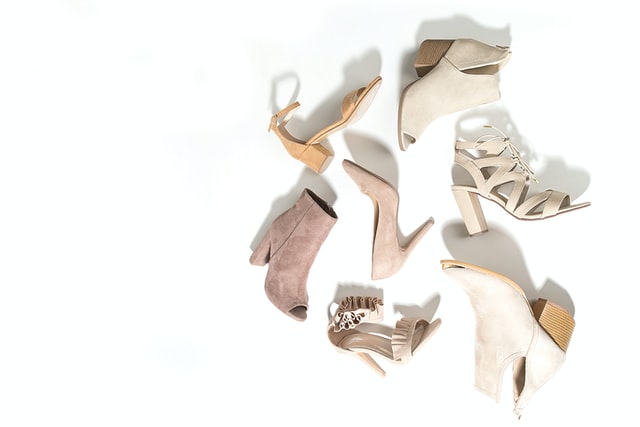Your feet carry you about five times around the earth during your lifetime. But the feet are still considered the most neglected part of your body. Most people rarely find the best-fitting shoes for their feet. This article from the Orthotic Shop provides information on what to consider when buying the best shoes for your feet.

Quick Tips To Choose The Best Shoes For Your Feet
The right shoes should let you wiggle your toes inside them. The best time to buy shoes is in the afternoon or evening when your feet are a bit swollen towards the end of the day. The size is important when buying shoes. Always ask to measure your feet since your foot size right now isn’t the same as back in college. make sure to put the shoes on both feet before you buy shoes. Walk a few minutes to make sure the shoes don’t rub or pinch your feet. Check the shoes while walking and not while you are sitting.
The Orthotic Shop suggests that the best shoes should have leather uppers or materials that are breathable and mold well. Shoes are quite different from other clothes you buy because they affect the biomechanics and function of your feet. Most experts consider shoes as medical devices. Not every type of shoe is good for your feet. Make sure to ask a professional if you are not sure how to shop for the best pair of shoes for your feet.
Function Vs. Fashion
Your choice can positively or negatively affect your feet in the long run. High heels are not good for walking distances.
Choosing The Best Shoes!
Many people have foot issues that could become worse due to poorly fitting shoes. Apply the following rules to fit a pair of shoes for your feet:
- Heel – The heel should be no more than 4cm and have a broad base.
- Heel Counter Or Heep Cup – It should be firm in order to stabilize the foot and ankle.
- Sole – The sole should have enough grip, protection, and cushioning to safeguard your feet.
- Linings – The best is to opt for seam-free shoes (Especially for people with diabetes or neuropathy).
- Fastenings – Unlace before you put the shoes on. It will help make sure the shoes are a perfect fit and guarantee flexibility.
- Toe Box – The toe box should have sufficient depth since the toes need to wiggle. Bunion or foot pain results from a small and narrow toe box.
- Length – The perfect length is where all your toes could lie flat and extend during walking. There should be some space between your big toe and the tip of the shoe – at least 14mm in children and 10mm in adult shoes.
- Insole – Removable insoles are ideal to let you put in your orthotics.
Children
Your kid may not be able to explain that their shoes are too tight. You should buy kid’s shoes from a kid’s shoe shop with a well-trained fitter to measure your child’s feet. The shoes should be fitted and leave about 18mm between the end of the longest toe or the 2nd toe and the end of the shoe. A child younger than 5 years should walk barefoot for proper arch development. But this isn’t recommended for adults.
Three Quick Ways To Examine A Good Shoe!
According to the Orthotic Shop:
. The shoes should bend properly at the ball of the foot. When the shoes bend from the midsole, it may result in arch strain and trigger plantar fasciitis over time.
. The heel counter should be firm to prevent it from causing ankle sprains and blisters.
. The shoes need torsional rigidity & stability. You shouldn’t be able to completely twist a shoe.
Hey welcome to my blog . I am a modern women who love to share any tips on lifestyle, health, travel. Hope you join me in this journey!

Speak Your Mind